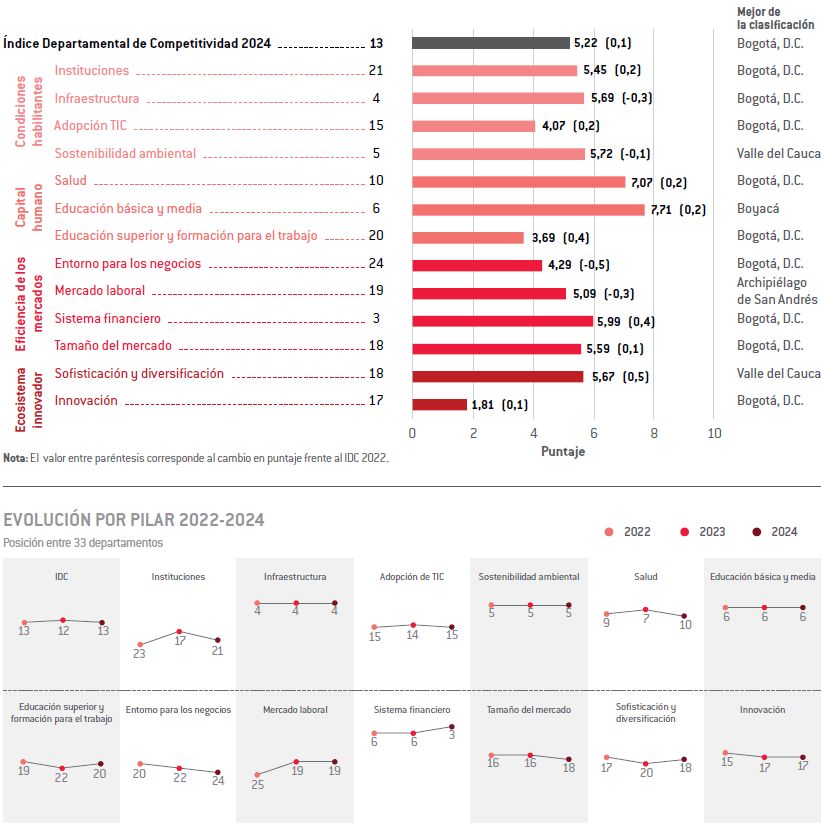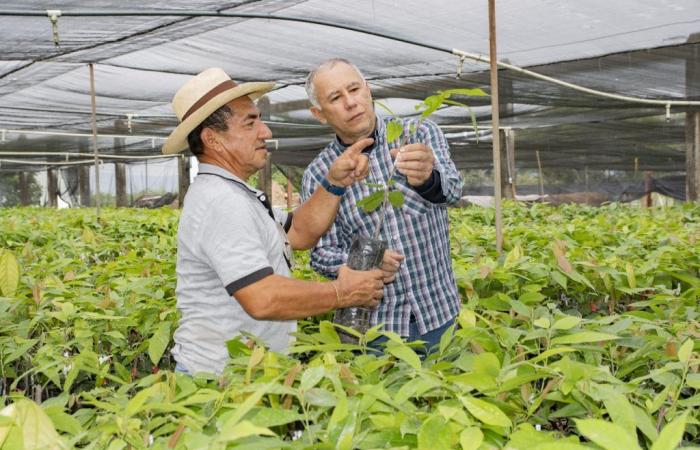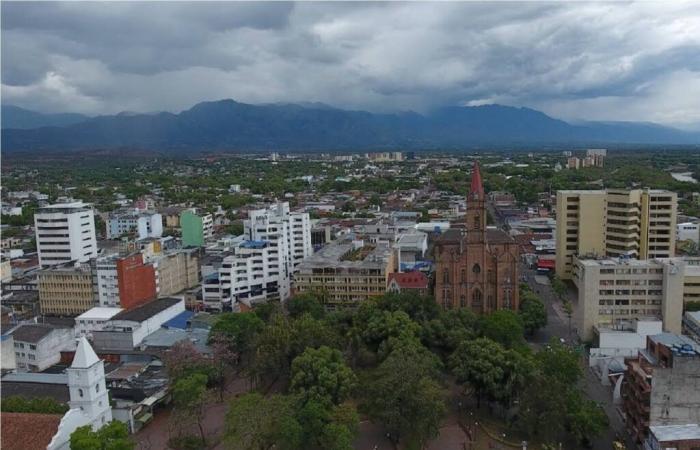The Department concentrates its main opportunities for improvement in the pillars of higher education and training for work, and innovation.
DIARIO DEL HUILA, REPORT
The department of Huila stands out for occupying the third position in the financial system pillar, according to the Departmental Competitiveness Index (IDC) of the Private Competitiveness Council (CPC) and the University of Rosario.
The main opportunities for improvement for Huila are found in the pillars of higher education and training for work, and innovation.
The Private Competitiveness Council (CPC) and the Universidad del Rosario presented for the eleventh consecutive time the results of their Departmental Competitiveness Index (IDC) for the 32 departments of the country and the city of Bogotá. On this occasion, Huila occupies the 13th position in the measurement, with a score of 5.22 out of 10, placing itself ahead of the departments of Norte de Santander and Archipiélago de San Andrés.
It is important to note that in this version some methodological changes were introduced, including an adjustment to the standardization method, which now considers the historical maximum and minimum values observed in a six-year time window. This modification allows you to compare the results of the departments and analyze the evolution of their competitive performance over time.
One of the most important results of the measurement is the progress recorded in most departments in their competitive performance. Proof of this is that 32 of the 33 territories evaluated presented an increase in their overall score compared to the results of 2019. This reflects a positive trend in the development of the departments and progress in closing regional gaps.
The most significant advances were observed in the departments of Caquetá, Guainía and Archipiélago de San Andrés, with average annual increases of 4.7%, 4.6% and 3.5%, respectively. However, some alarm signs were identified, such as in the case of Putumayo, the only department that reduced its overall score between 2019 and 2024, with an average annual drop of 0.8%. Furthermore, when comparing the evolution of the best (Huila) with the worst (Vichada), an increase in the score difference is observed from 5.3 in 2019 to 5.7 in 2024. This result is explained because Huila increased its score to a higher rate (1.3%) than Vichada (1.1%).
Huila, in third position in the pillar of the financial system
Huila occupies the 13th position in the IDC 2024, with a score of 5.22 out of 10. It stands out especially for occupying the third position in the financial system pillar and achieving its highest score in basic and secondary education (7.71 out of 10).
In the area of the financial system, Huila presents outstanding performance in the indicators of coverage of financial establishments and financial inclusion. In basic and secondary education, it stands out for the proportion of teachers from official schools with postgraduate degrees, ranking second nationally.
On the other hand, Huila concentrates its main opportunities for improvement in the pillars of higher education and training for work, and innovation, with scores of 3.69 and 1.81, respectively. In higher education and job training, it faces significant challenges in the variables of postgraduate graduates and quality of higher education teachers, obtaining scores lower than 1.9 out of 10.
In the innovation pillar, Huila occupies the last position in journals indexed in Publindex and 21st place among 33 territories evaluated in high-quality research.
Finally, the department shows its greatest progress in the sophistication and diversification pillar, improving by 0.5 points compared to its 2023 results. However, it presents its greatest decline in the business environment pillar, with a decrease of 0. .5 points due to declines in the indicators of ease of procedures and participation of medium and large companies.
Gustavo Adolfo Quintero, rector (e) of the Universidad del Rosario, pointed out that “with this edition of the IDC we wanted to recognize local initiatives that have demonstrated successes in public policy. Thus, we awarded recognition to three departments: Caquetá with the greatest progress in the general ranking, Cundinamarca with the best public policy in education, and Atlántico with the award for efforts towards competitiveness.
For her part, Ana Fernanda Maiguashca, president of the Private Competitiveness Council, stated that “we believe that the IDC 2024 is a crucial input for the political situation. From the University of Rosario and the Private Competitiveness Council we make this exercise available to citizens, the private sector, academia and local governments, in order to enrich the debate on the country’s major issues from a subnational approach to competitiveness. ».
Furthermore, Maiguashca emphasized the importance of this type of analysis for the design of more effective and focused public policies that can address the specific needs of each region. “The IDC not only measures, but also points out possible paths for development and continuous improvement. “It is a valuable tool for all actors interested in regional development,” she added.
Rector Quintero also highlighted the relevance of continuing to support education and innovation as fundamental pillars for the progress of the departments. “Quality education and the ability to innovate are essential to close gaps and enhance the economic and social growth of our regions. At the Universidad del Rosario we are committed to these causes and we will continue working in collaboration with various entities to achieve these objectives.”
The Departmental Competitiveness Index has become a mandatory reference for local and national authorities, as well as for investors and academia, providing a comprehensive vision of the state of competitiveness in Colombia and helping to guide development strategies in the country. .
At the national level
For this new version, some methodological changes were introduced that allow for a more complete x-ray over time to analyze historical performance in terms of competitiveness.
One of these adjustments in the standardization method is the calculation of the scores and maximum and minimum historical values observed for the variables in a six-year time window.

This modification, explains the CPC, allows the comparison of the results of the departments and the analysis of evolution over time.
In its report, the Private Competitiveness Council highlighted the progress recorded in most departments in their competitive performance.
Of 32 territories evaluated in the Departmental Competitiveness Index, 33 presented an increase in their general score compared to the results observed in the 2019 measurement.
This result reflects encouraging news regarding the development trends followed by the departments in the last six years, and the progress in closing regional gaps.

The most significant advances were observed in the departments of Caquetá, Guainía and Archipiélago de San Andrés, which presented an average annual increase of 4.7%, 4.6% and 3.5% in their general score, in the last six years. However, some alarm signs were identified, such as the case of Putumayo, the only department that reduced its overall score between 2019 and 2024, with an average annual drop of 0.8%.




